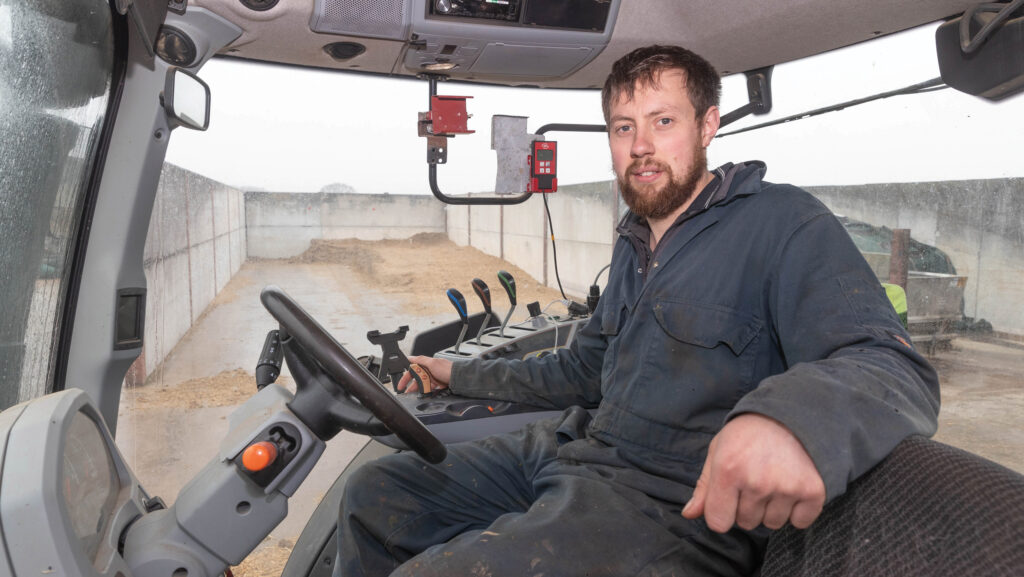Farmer Focus: Buy feed or cull the only choices in drought year
 Tom Hildreth © Tim Scrivener
Tom Hildreth © Tim Scrivener Now, at the end of October, the grass looks the best it has all year. Unfortunately, it is unlikely we are going to see a suitable weather window to harvest it.
So it looks like my sheep man is going to have a good winter.
See also: Tips for avoiding contamination and wastage of dairy rations
With another cut off the table and the clamps only two-thirds full, I have had to look at other means of feeding the cows.
This has come from the sugar beet factory in the form of pressed pulp, and it has been a hit with the cows.
Milk is up two litres a day and, at feeding out, nearly every cow stands up, which makes sawdusting up an easier task.
Before the first delivery of pressed pulp, 110 cows were eating 4.2t of total mixed ration, made up of 1,900kg grass silage, the same of maize and 400kg of rape meal and minerals.
After introducing 1t of pressed pulp, we ended up at 5.2t/day, so we still weren’t saving any silage, but the extra feed is making extra milk worth about £25/day.
The next step was to introduce straw and pot ale syrup. Using 2kg of straw and 0.5kg of pot ale syrup a head is saving about 6kg of forage.
This year’s ration is by far the most complicated and most expensive I have had, but during drought years my choice is to buy feed or cull cows – and culling cows doesn’t put milk in the tank.
I have all but finished my calf shed and am just waiting on water troughs and gates now. We concreted the floor last week and I am very pleased with the result.
In the end, I decided to put a 700mm wide channel and slats down the middle of the shed and have a 2% fall from the back of the pen to the channel.
By having feed and water troughs at the front of the pen, the idea is that the back will stay dry, and the front will be easy to bed up.
I will find out if this theory is correct soon, as the next calves to be born will live in there.
I think this calf shed will do to calf rearing what installing robots did to milking: improve efficiency, welfare and love of the job.

